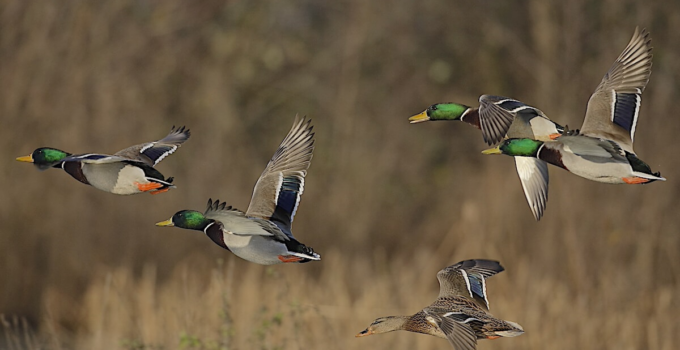The Americas boast the world’s best duck hunting. Canada, Argentina, Mexico, Uruguai, and, of course, the United States are home to abundant populations of multiple duck species and have the most hunter-friendly laws. However, hunting in the Old World can be just as fascinating and rewarding.
Europe has strong traditions and rich history, and, combined with today’s excellent management, political stability, developed infrastructure, and well-organized operations, hunting in Europe creates memories you’ll remember forever. So, leave your deer-hunting 308 rifle, AR-15, or whatever else you have at home. Your beloved long-range 6.5 Creedmoor will also have to take a break. Take your shotgun – we’re going to Europe to hunt ducks!
Page Contents
4 Best European Countries to Hunt Ducks
1. Azerbaijan
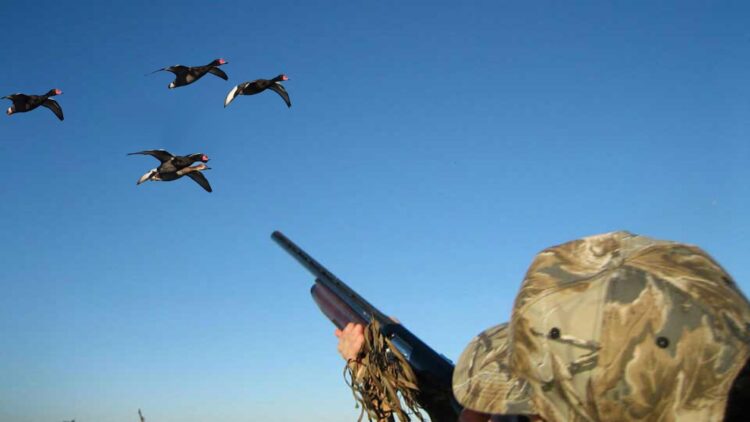
It’s an Eastern European country bordering West Asia, neighboring Russia, Armenia, Turkey, Iran, and Georgia, and having access to the Caspian Sea. The country is safe to visit despite the six-week war against Armenia in 2020. Besides, it has developed infrastructure, and all key spots are accessible by road.
Duck hunting in Azerbaijan is unbeatable. Every year, its massive wetlands attract numerous migratory waterfowl species for overwintering. Some migratory ducks flying to or through Azerbaijan are rarely found elsewhere. Common pochards, red-crested pochards, garganey, tufted ducks, common shelducks, Eurasian wigeon – if you pursue uncommon species, Azerbaijan is the best. Some species with abundant populations are mallard, gadwall, northern pintail, Eurasian green-winged teal, and northern shovelers.
The top spot for hunting ducks in Azerbaijan is the Sarisu Lake, west of Baku. The lake spans approximately 200.000 acres and accommodates thousands, if not millions, of ducks. The first species to come to Sarisu in mid-October, when migration starts, are shovelers and pintails, followed by teals in November. The end of November through February is the best time to shoot Mallards and Widgeons.
2. Sweden
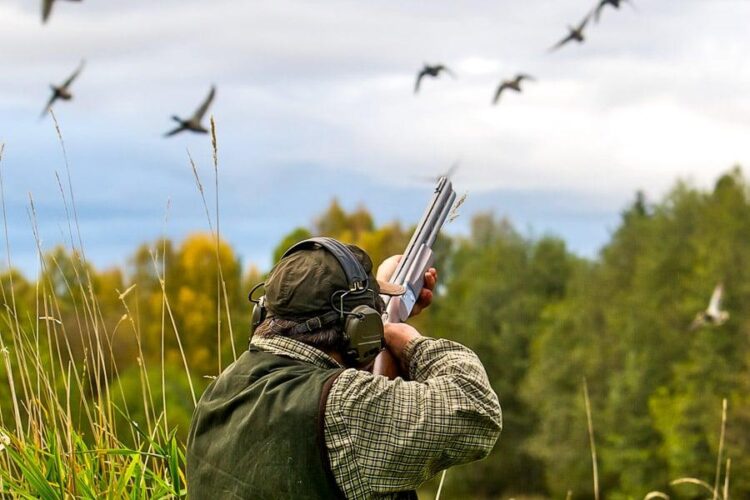
This Nordic country is widely known for world-class geese hunting. Canadas, barnacles, and greylags migrate here from the arctic to avail themselves of winter crops. However, Swedish duck hunting is also great.
Sweden is known for driven hunts. The hunters stand in line, usually upwind, while drivers walk towards them, causing the first few ducks to take flight over the shooting line. After the first shots, the remaining ducks fall into panic and retreat in escalating waves. It’s not uncommon for hunters to fire 50-100 shells in one session.
It’s worth noting that driven duck hunting in Sweden is well-organized to prevent pressure. It’s always a single group consisting of 4-7 hunters. Driven hunting is conducted only twice a month until mid-November. After that, the hot waterfowl season starts, and one group hunts per week.
The top spots for duck hunts are the Mälaren near Stockholm, the Swedish largest lake Vänern, north of Göteborg, and lakes in Southern Sweden during the winter season through January. Besides mallards, hunters pursue teals and wigeons.
Sweden has launched several wetland restoration programs and duck breeding and releasing projects, and this effort has resulted in the best hunting in Europe.
3. Russia
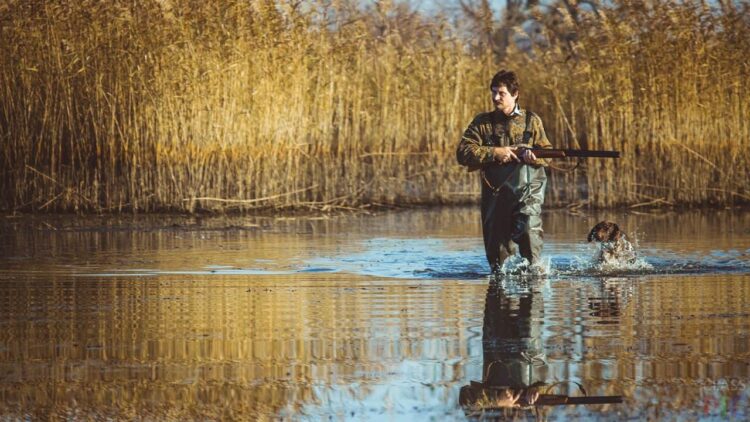
Russia is synonymous with the premier European hunting. Bird hunters are familiar with excellent capercaillie trips, but duck hunting is as much an adventure. The world’s largest country boasts nearly 31 huntable duck species. Mallard, gadwall, pintail, widgeon, garganey teal, red-crested pochard, tufted duck, greater scaup, common merganser, and long-tailed duck are the most common species.
Russian tundra contains large breeding grounds supporting millions of ducks and geese. Though some tundra duck spots are accessible only by air, even in the European part of Russia, the region is a must-visit for a devoted waterfowler. Besides, tundra ducks are under the least pressure.
The best duck hunting in Russia’s European part is on the north lakes: Lake Ladoga near St. Petersburg, Lake Onega to the northeast of Ladoga, and Lake Chudskoe on the border with Estonia. Some top duck destinations around the White Sea include the Northern Dvina delta and the Kola Peninsula. In Southern European Russia, duck hunters choose the Volga River delta.
In Russia, spring duck hunting season starts in March in southern regions, in April in the central part, and in May or early June in the north. Only cock duck hunting is allowed during the spring season and only with two methods – blind hunting with calling-and-decoy or live decoy. Fall duck hunting is conducted with all methods. It starts in August and lasts till October. As the fall season progresses, ducks become more cautious.
4. Estonia
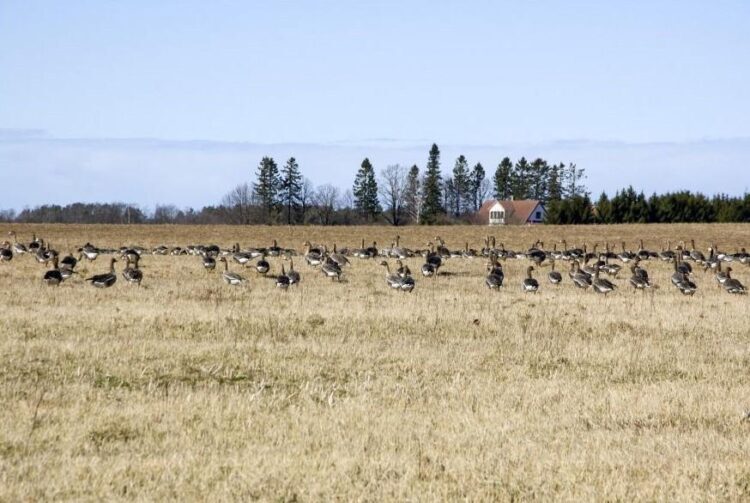
It’s one of the three Baltic countries of Northern Europe. Bordering the Gulf of Finland to the north and the Baltic Sea to the west, Estonia is crossed by millions of migrating ducks and geese. It’s in addition to an abundant population of resident waterfowl, which includes mallard, gadwall, Eurasian wigeon, northern pintail, garganey, northern shoveler, common pochard, tufted duck, common eider, long-tailed duck, common scoter, and common goldeneye. According to the information from the Estonian part, it’s common to shoot 4-6 duck species a day. Pay attention that common scoter, common eider, and long-tailed duck can be banned for harvesting.
Estonian duck hunting season starts in the second half of August and lasts till late October or late November. The common way to harvest ducks is using duck calls and decoys. Most hunts are conducted in the coastal area – around Pärnu, Haapsalu, and on Saaremaa and Hiiumaa islands.
Honorable mention:
Armenia. Located on the European-Asian border, neighboring Azerbaijan, Armenia is a new destination for hunting ducks in Europe. It’s home to more than ten duck species, including greater and lesser scaup, ferruginous duck, shelducks, and ruddy duck. The season starts in September and lasts until December, then reopens in February and lasts through March.
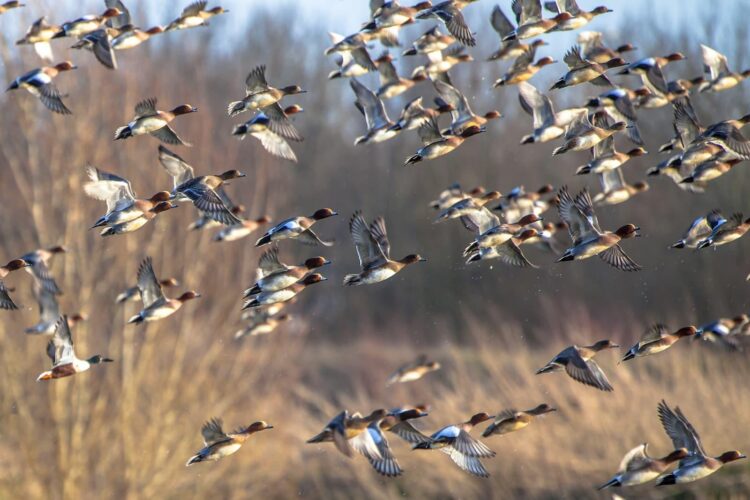
United Kingdom. In the UK, duck shooting season starts on September 1 and ends on January 31 or February 20. Mallard, pintail, widgeon, teal, pochard, and tufted duck are the most common.

